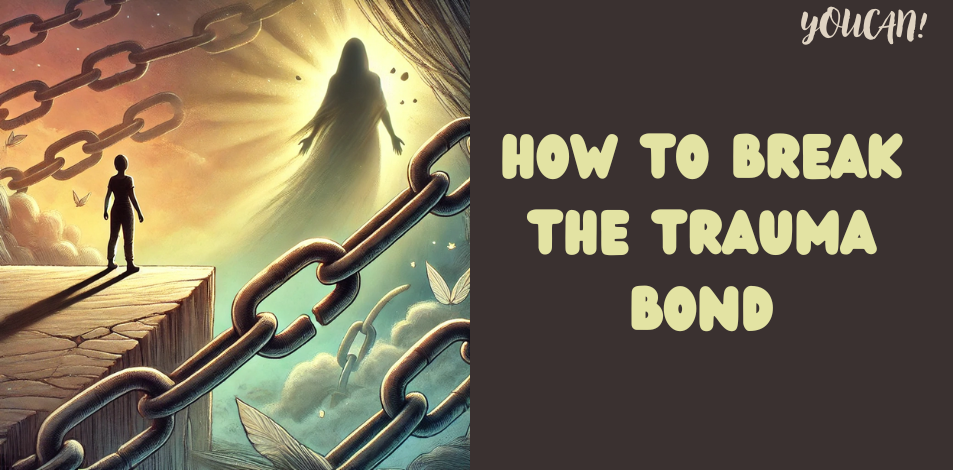
A trauma bond forms when intense emotional experiences in an abusive relationship create a cycle of dependency and attachment. Breaking free from a trauma bond requires courage, commitment, and a strong support network. Here’s how to begin the journey to freedom and healing.
Recognize the Bond and Accept Your Feelings
The first step to breaking a trauma bond is acknowledging its existence. This bond may cause conflicting emotions: love, guilt, loyalty, and even hope for change. Recognize that these emotions are part of the cycle and don’t indicate weakness or failure. Understanding this dynamic can empower you to make choices for your well-being.
Educate Yourself on Trauma Bonds
Learning about trauma bonds can provide clarity and reassurance. Trauma bonds often involve cycles of highs and lows, where brief positive moments keep you hopeful while the overall relationship remains damaging. Understand that these cycles are deliberate patterns of control, helping you see the relationship objectively.
Create Physical and Emotional Distance
Creating distance is vital to break the emotional dependency that trauma bonds create. Limiting or ending contact can help reduce exposure to manipulation and give you the space to heal. If direct contact isn’t possible, try strategies like limiting communication to essential matters, avoiding social media interactions, and surrounding yourself with supportive people.
Identify and Challenge Negative Beliefs
Trauma bonds often lead to negative self-beliefs, such as feeling unworthy, guilty, or responsible for the other person’s actions. Identify these beliefs and recognize how they reinforce the bond. Replace these thoughts with affirmations and realistic views, reminding yourself that you deserve respect and happiness.
Work with a Therapist or Support Group
A therapist can help you navigate the complexities of trauma bonds, providing tools and strategies to process emotions, set boundaries, and reframe self-beliefs. Support groups can also offer a sense of community, allowing you to connect with others who have experienced similar situations. This external support is crucial to build resilience and gain perspective.
Engage in Self-Care and Reconnect with Yourself
Rebuilding your identity and self-worth is essential to breaking a trauma bond. Focus on activities that make you feel whole, whether it’s hobbies, spending time with friends, or setting new goals. Prioritize your physical and mental well-being through healthy habits, journaling, and mindfulness, gradually rediscovering the person you were before the relationship.
Related : What Happens When You Apologize to a Narcissist?
Acknowledge Grief and Give Yourself Time
Leaving a trauma bond often involves grief, as you’re not just losing a relationship but also the idea of what you hoped it could be. Accept that it’s natural to mourn this loss. Allow yourself time to process these feelings without judgment, understanding that healing from a trauma bond is a gradual process.
Moving Forward
Breaking a trauma bond is not easy, but each step helps you reclaim your freedom and sense of self. Remember that breaking free isn’t just an act of leaving; it’s a journey of rediscovering your self-worth, reinforcing boundaries, and regaining emotional independence. With patience, support, and self-compassion, you can overcome the trauma bond and create a healthier, more fulfilling future.





Could you send me more information about the topic of Trauma – Bonds and – bonding?
Thanks